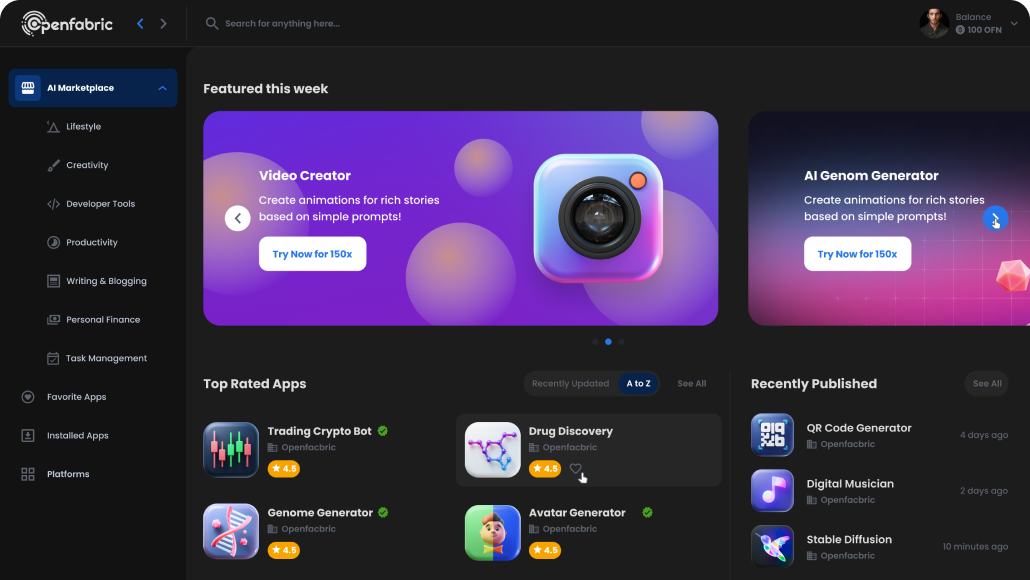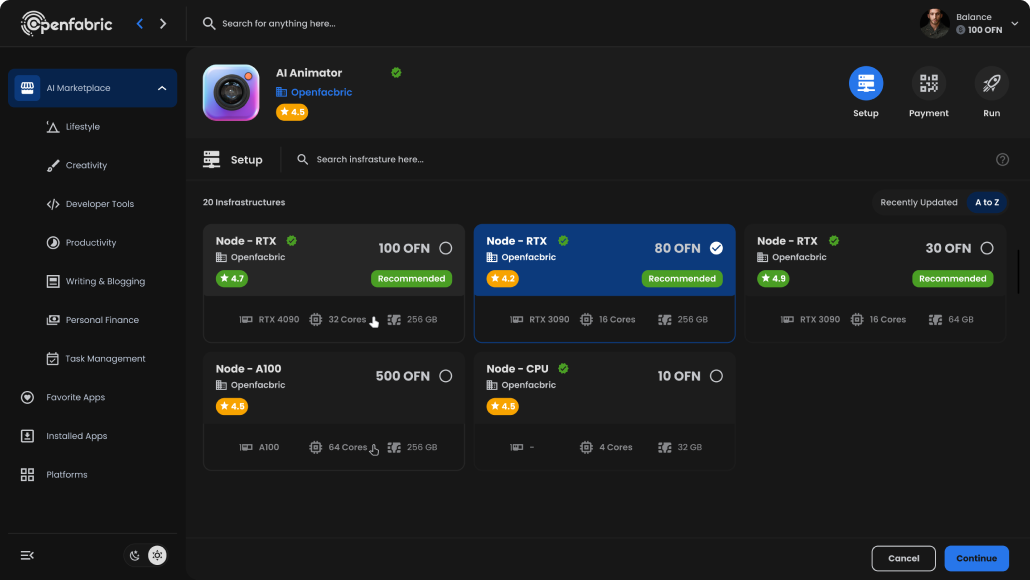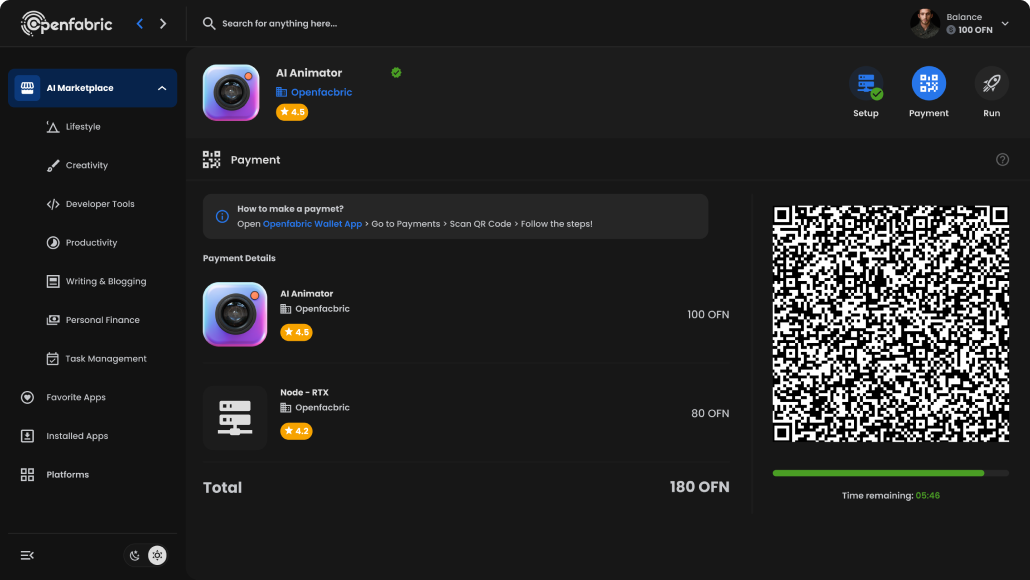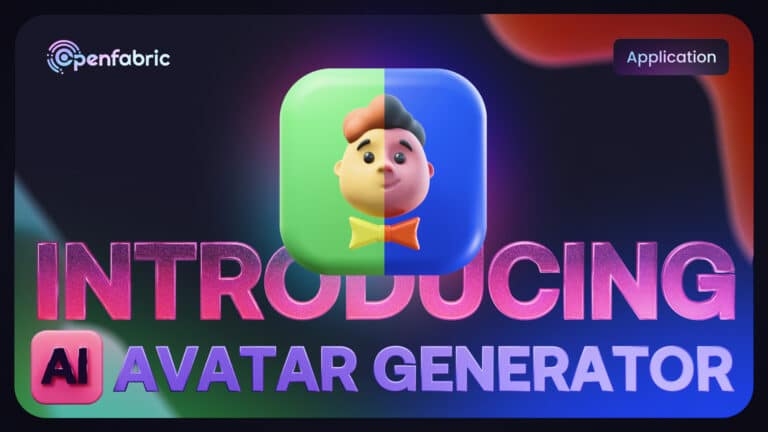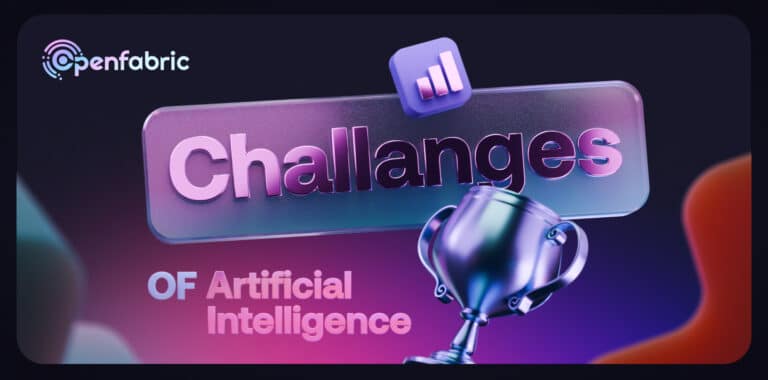

Layer
1 for
Artificial
Artificial
Intelligence
A planetary-scale network for building and
connecting decentralized AI applications
Top AI applications
A suite of AI tools tailored to meet the dynamic needs of today's modern world

Open app

Open app

Open app

Open app

Open app

Open app

Open app

Available soon

Available soon
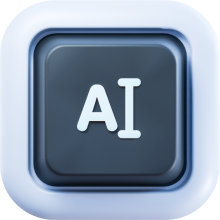
Available soon

Available soon

Available soon

Available soon

Available soon

Available soon

Available soon

Available soon

Available soon

Available soon

Available soon

Available soon
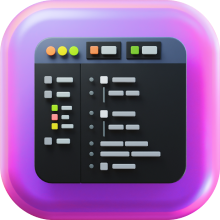
Available soon

Available soon

Available soon
Join our marketplace
Venture into Openfabric's AI Apps Marketplace: Your Gateway to Cutting-Edge Solutions.
Openfabric Core Elements
We harness the power of blockchain, advanced cryptography, and novel infrastructure to create a new foundation for AI-Apps.
Investment
We lower the infrastructure demand and technical know-how required to utilize AI-Apps, facilitating new market opportunities.


Scalability
We leverage blockchain technologies to ensure execution scalability and eliminate vendor lockup.


Community
We stimulate fair market competition as an essential factor to create large, vibrant, and collaborative communities.

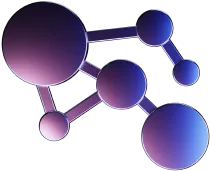
Openfabric Ecosystem
Secure your seat
in the new Internet of AI.
Join asInnovatorTo build and monetize AI-Apps


DeployInfrastructurecomputing power


PublishDatanext-gen AI-apps


BecomeAmbassadorTo create bridges
and apportunities
and apportunities


Join asValidatorto source network
operation
operation


BecomePromoterto help
community
growth
community
growth


Openfabric technology is here
Get early access on
the Alpha version





The Solution & How it Works
Openfabric is a decentralized AI platform where the collaboration between AI innovators, data providers, businesses, and infrastructure providers will facilitate the creation and use of new intelligent algorithms and services.

Consumer
The service consumer represents the end-user who needs to solve particular business problems
and enrich their products or services with an extra layer of intelligence.

AI innovators utilize their expertise to create elaborate, practical AI algorithms that are
capable of solving complex business problems.

Data providers ensure that the vast amount of data required for training and testing AI
algorithms is distributed.

Provider
Infrastructure providers bring with them all the platform hardware capabilities needed to
successfully run and train AIs.
Meet our partners
Be among pioneers who are building on top of cutting edge technology



































































Strong backing
Trusted and validated by the biggest names in the field










Openfabric AI news
Check out our latest blog posts and updates







